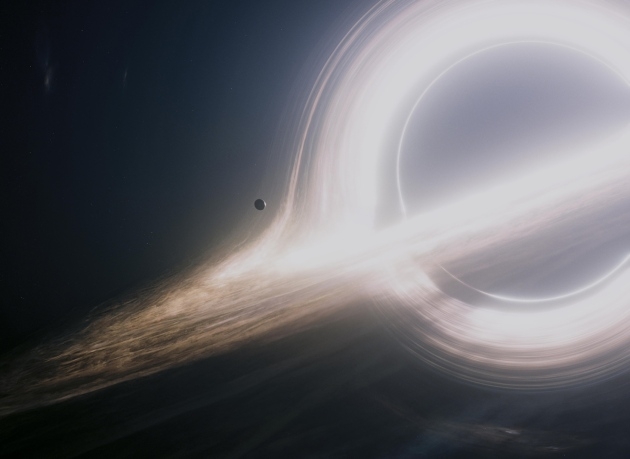The quantum source of space-time

Black holes such as the one depicted in Interstellar (2014) can be connected by wormholes, which might have quantum origins.
Many physicists believe that entanglement is the essence of quantum weirdness — and some now suspect that it may also be the essence of space-time geometry.
Ron Cowen
16 November 2015
In early 2009, determined to make the most of his first sabbatical from teaching, Mark Van Raamsdonk decided to tackle one of the deepest mysteries in physics: the relationship between quantum mechanics and gravity. After a year of work and consultation with colleagues, he submitted a paper on the topic to the Journal of High Energy Physics.
In April 2010, the journal sent him a rejection — with a referee’s report implying that Van Raamsdonk, a physicist at the University of British Columbia in Vancouver, was a crackpot.
His next submission, to General Relativity and Gravitation, fared little better: the referee’s report was scathing, and the journal’s editor asked for a complete rewrite.
But by then, Van Raamsdonk had entered a shorter version of the paper into a prestigious annual essay contest run by the Gravity Research Foundation in Wellesley, Massachusetts. Not only did he win first prize, but he also got to savour a particularly satisfying irony: the honour included guaranteed publication in General Relativity and Gravitation. The journal published the shorter essay1 in June 2010.
See full text